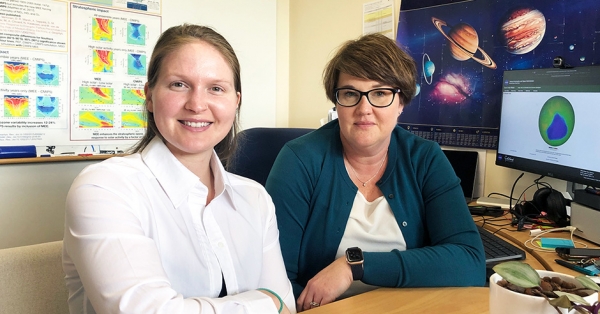Despite public perception, the Antarctic ozone hole has been remarkably massive and long-lived over the past four years, University of Otago researchers believe chlorofluorocarbons (CFCs) aren’t the only things to blame.
In a study, just published in Nature Communications, the group analysed the monthly and daily ozone changes, at different altitudes and latitudes within the Antarctic ozone hole, from 2004 to 2022.
Lead author Hannah Kessenich, PhD candidate in the Department of Physics, says they found there is much less ozone in the centre of the ozone hole compared to 19 years ago.
“This means that the hole is not only larger in area, but also deeper throughout most of spring.
Read more at University of Otago
Image: Hannah Kessenich and Annika Seppälä (Credit University of Otago)


